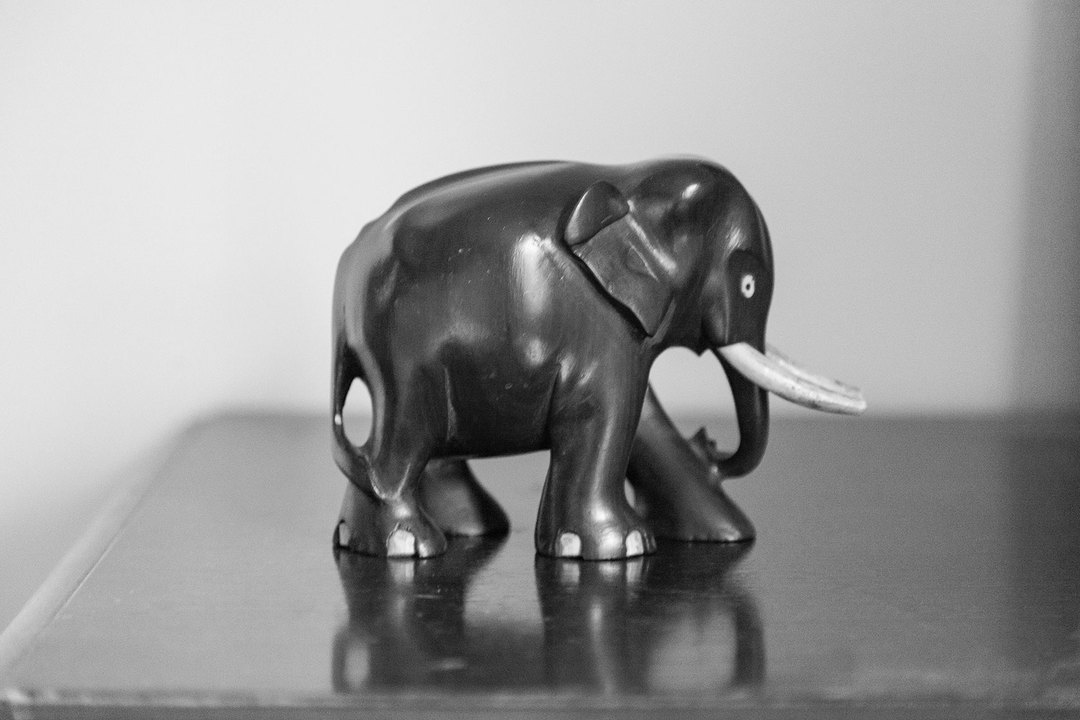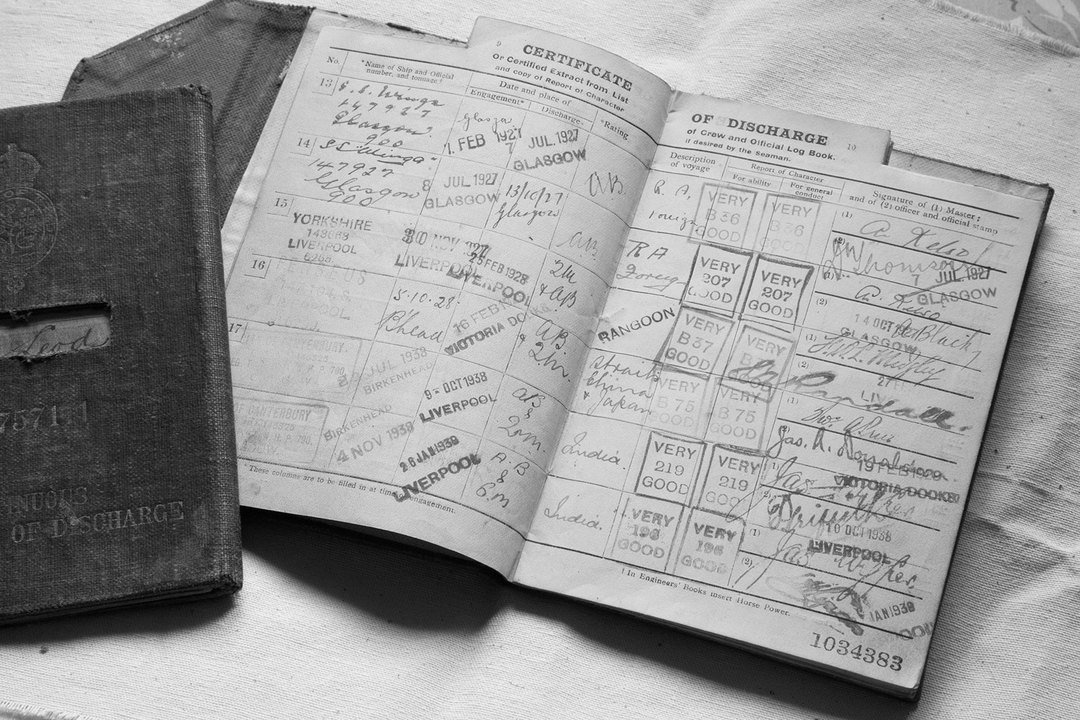Documenting Britain
My Documenting Britain project will be a series of portraits of native Gaelic speakers living on the Isle of Lewis and Harris. During the period of the project, I will live on the island and work as a taxi driver.
The Elephant in the House

Voyage Object
My paperwork has cleared with The Western Isles Council, my background checks completed. The final stage of the taxi license process is to sit The Knowledge. I like the sound of this. Although minuscule in comparison to the London Knowledge, it still retains the aura of some kind of mythic quest. And in my mind, it is always capitalised. Not only mythic, The Knowledge is also proving to be a little Kafka-esque. I know that this test entails questions from The Highway Code, and questions about the most efficient journey from one destination to another; but there is no textbook. So armed with maps and yellow pages, I am memorising place names. My stratagem is to sit the test twice, firstly to fail, but in doing so becoming familiar with the test, so that I can pass on the second exam.
Valtos, Barvas, Voshmid. Scarista. Meavig. Scarp. These place-names shape my mouth in distinctly non-English ways and have no familiarity of the Gaelic language to them. Naming is a powerful act. The naming of a place, the creation of a sign for a loci makes immanent that place as a distinct geographical location, but it also draws that place in the imagination.
When I was a kid, there was a sketch show called Naked Video on the BBC. One of the regular sketches was of a news broadcast from The Western Isles Broadcasting Corporation. The newscaster was ruddy faced, tweed clad, and cognitively lay somewhere between naivety, imbecility and drunkenness. Here was an image of extreme parochialism.
Quite some time later, helping to clear my grandmother’s house on Harris after the death of my uncle, I came across my grandfather’s Merchant Navy records. Rangoon. Hong Kong. Singapore. America. South Africa. My grandmother’s house was furnished with linen and crockery from East Asia, carvings from Africa and India, and hung with paintings like talisman, of the boats that my grandfather and uncles sailed around the world on. This was not a parochial culture, it was being judged somehow in a manner that was not appropriate. This is not a culture shaped by land, it is a culture shaped by sea. Robert McFarlane in The Old Ways talks about the rathad mara or astar mara, the sea roads which have been instrumental in shaping cultural identity in The Western Isles.

Voyage Object
“What you first realize, to understand the sea roads, is how close the ocean brings far-apart places. In a pre-modern world, before cars and planes, the boat was the fastest means of long-distance travel. It is still surprisingly swift. Sailing a small craft in reasonable conditions, catching the right tides and the right winds, you can get from the Outer Hebrides to Orkney in a day, And you can reach the Faeroes in two or three. Estimates of the distances covered in a good sailing day by Viking ships range from 90 to 150 nautical miles, meaning that the trip from Bergen in Norway to the Shetlands could be done in two days, and Iceland could be reached in a week.”
Reading McFarlane’s beautiful account I realised that here was the closest suggestion of the culture that I share a part of, northern Atlantic, with all the influences that the sea brought from faraway places.